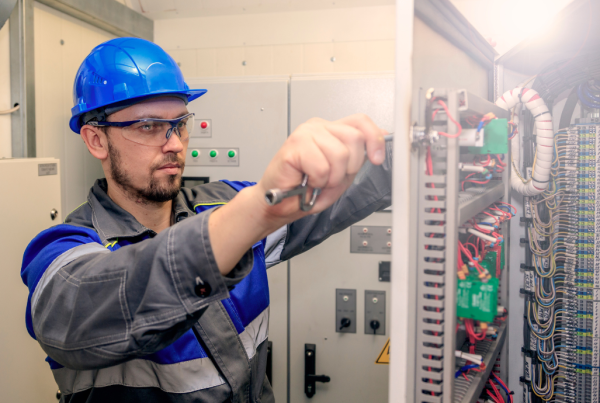When electrical contractors work with hospitals, this presents a unique set of challenges and demands. Healthcare projects require exceptional lighting and have very heavy machinery loads that would burn out an ordinary circuit within a heartbeat. A hospital’s energy requirements are extensive, ranging from MRI machines, X-ray machines, blood testing units, cryo-storage units, and more, so their circuits need to be equally extensive and robust as well.
The current pandemic, for example, proved that even a healthcare facility with the best minds on Earth wouldn’t have been able to fight COVID-19 without power.
So let’s go over some of the most common challenges electrical contractors face when wiring medical buildings.
Common Challenges Electrical Contractors for Hospitals Face
Extensive Power Requirements
As mentioned above, healthcare facilities require a lot of power, and this means that residential or, in some instances, even commercial-grade wiring and breakers may not be able to meet their requirements. Electrical contractors need to recognize this and future power requirements, which can vary with respect to facility milestones.
The challenge arises when the facilities themselves don’t know what upgrades they would be looking at in the next 10 to 12 years. Of course, higher-end systems are more expensive. So, contractors need to choose between being budget-friendly and offering a long-term solution if the client isn’t sure.
Requires A Lot of Creativity and Planning
Hospital systems need to be well-planned with structured wiring solutions, which may also include a complete color-coded system for easy identification. To remain cost-efficient, electrical services need to be planned extensively, maintaining clear separation among the sub-systems at all times.
For example, a few departments require more power than others: radiology, HVAC, and lighting make up roughly 62% of the entire energy consumption. However, for HVAC and lighting, the same power is distributed across a large number of devices. Radiology is much more intensive and needs to be secured with fuses, breakers, and failsafe measures because the entire load is often concentrated on one or two machines.
Diagnosing & Problem Solving Can Be Very Taxing
In many cases, hospitals and healthcare facilities have a much more spread-out footprint than large plants or commercial areas. This is particularly true for most public and military hospitals around the world. With so many departments to cater to, electrical contractors need to be very creative with how the mainline is brought forward to each department.
This presents a different set of challenges related to diagnosing and problem-solving, and every electrical contractor has to be prepared to deal with these issues when stepping into the medical field. The large footprint makes tracking problems more involved, but this is an item of key importance, as even the smallest issues can mean life and death and need to be rectified immediately.
If you are looking for reliable and verified electrical contractors for your hospital, Skyline Electric would love to help you out. No matter the scope, size, or type of electrical service, get in contact with us today, and we can help you find the right electrical system and wiring to fit your needs.




